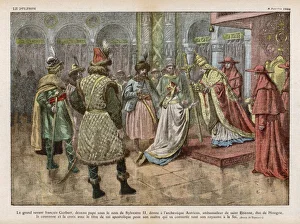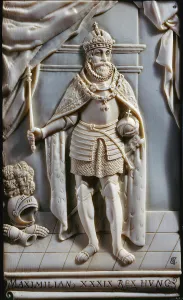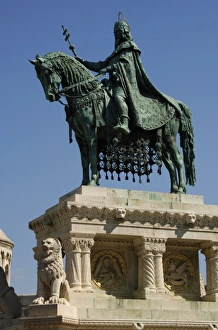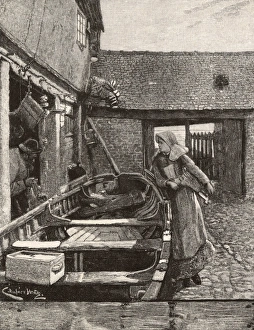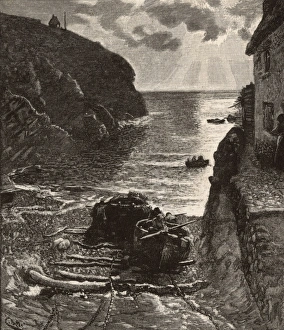Istvan Collection
"Istvan: The Legendary Hungarian King and Saint" Istvan, also known as Stephen I of Hungary or Saint Stephen, holds a significant place in Hungarian history
All Professionally Made to Order for Quick Shipping
"Istvan: The Legendary Hungarian King and Saint" Istvan, also known as Stephen I of Hungary or Saint Stephen, holds a significant place in Hungarian history. Born as Magyar Prince Istvan, he was baptized as a Christian at a young age. Three years later, he ascended to the throne and became the first Christian king of Hungary. Throughout his reign, Istvan played a crucial role in shaping the country's destiny. He founded several monasteries and promoted Christianity across Hungary, earning him the title of "Apostolic King. " His efforts to convert Hungary into a Christian nation were not without challenges. One notable event occurred in Gyoer when Charles IV and Queen Zita attempted to regain power but were arrested by Istvan after their second failed attempt. This incident showcased Istvan's determination to protect his kingdom from external threats. The legacy is immortalized through various artistic representations. A portrait depicting Maximilian II as King of Hungary made from ivory showcases the regal nature associated with this historical figure. Additionally, an equestrian statue erected in Budapest pays homage to St Stephen during the 19th century. In 1900, another statue was unveiled - St Stephen's statue - which stands proudly in Budapest today. It serves as a reminder of his contributions towards establishing Christianity within Hungarian society. Furthermore, Bela III founded the Cistercian monastery at Szentgotthard in 1183 under the guidance of artist Istvan Dorfmeister. This artwork symbolizes both religious devotion and cultural preservation that stemmed from Istvan's influence on future generations. His impact extended beyond national borders too; promotional cards for the 34th International Eucharistic Congress featured images related to St Stephen’s legacy – emphasizing his significance even on an international scale. István remains an iconic figure who shaped Hungarian history through religious conversion and political stability during tumultuous times.

